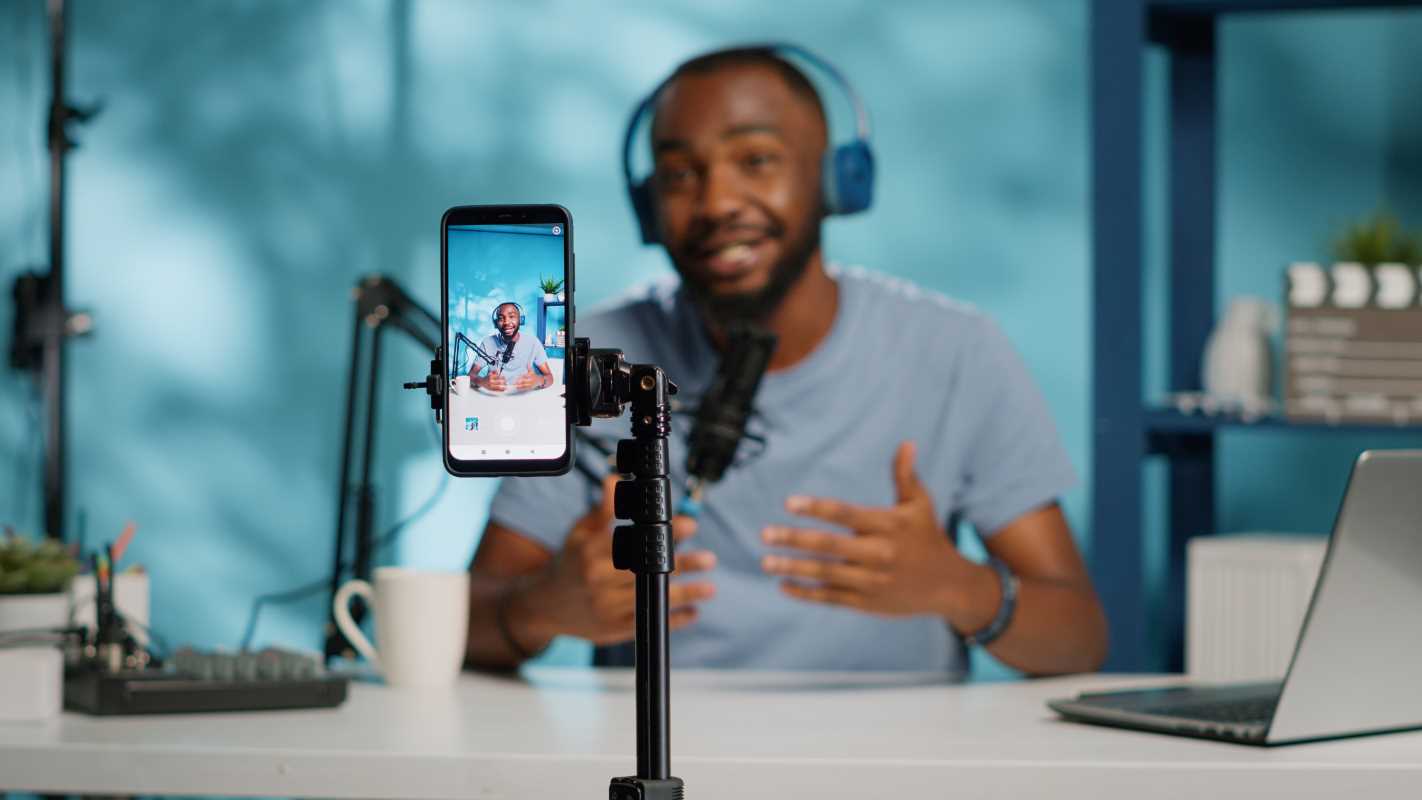Each day brings countless opportunities to capture scenes that reflect your personal style. Whether you find yourself wandering busy streets, relaxing in a favorite café, or admiring the soft glow of evening light, you can create striking photos without relying on expensive equipment. Simple changes in your perspective and approach allow you to see familiar places in a new way, revealing the creative possibilities around you. By paying attention to details and experimenting with angles, you can turn your phone into a powerful tool for visual storytelling. Your surroundings hold endless inspiration, just waiting for you to notice and share through your lens.
Start noticing small details—a playful shadow, a reflection caught in a window, or the warmth of indoor light peeking through curtains. When you train your vision on these subtleties, you create images others can’t help but pause over, drawing them into the story you’ve crafted one frame at a time.
What Makes Your Shots Stand Out
- Focus more on mood than subject: Pay less attention to capturing every element and more on the feeling that scene conveys. As you frame, ask yourself whether the shot whispers warmth, hints at mystery, or bursts with energy. By choosing a single mood, you allow viewers to connect emotionally rather than simply noting details.
- Use negative space intentionally: Instead of placing your subject front and center, carve out empty areas around it. Let clouds drift over open sky or leave a wide border of floor around someone sitting on a bench. That spacious breathing room enhances the impact of whatever you choose to highlight.
- Experiment with unexpected angles: Instead of shooting eye-level, crouch down low or tilt your phone upward to frame people against the sky. Lean over a table to capture patterns in tabletop surfaces. New angles reveal hidden textures and shapes ordinary viewers glance over.
- Use color echoes to draw attention: Look for background and foreground elements that subtly repeat your subject’s hue—maybe a scarf matches a stripe on a storefront, or a green bench echoes the leaves behind it. These visual loops guide the eye in a way that feels intuitive and deeply satisfying.
- Create sequences to connect moments: Instead of a single snapshot, take three to five shots that tell a mini-story. Capture someone entering a door, turning to smile, then closing it behind them. This narrative sequence invites viewers to linger, imagining what comes next just beyond the frame.
How to Master Light and Composition
- Observe natural windows of light: Scan the room or street for slanted rays that sculpt depth across faces. Position your subject so that key features catch the glow while shadows add dimension. Shift your stance until uneven patterns fall just right.
- Balance highlights and shadows: After tapping to expose on your phone, slide exposure controls to prevent blown-out highlights or lost details. Aim for a midrange where bright spots retain color while darker areas still reveal texture in hair, fabric, or brickwork.
- Apply the rule of thirds with purpose: Activate gridlines in your camera settings, then place points of interest at intersections. That off-center alignment feels more dynamic than central placement and guides viewers’ sight paths across the image.
- Create depth with overlapping elements: Frame an object partially behind something closer to the lens—like a leaf in the foreground that slightly crosses your main subject. This layering makes flat images feel three-dimensional without extra editing.
- Control backlighting for silhouettes or soft glows: When the sun sits behind your subject, decide whether to underexpose and capture a crisp silhouette or gently overexpose to wrap the outline in a halo. Each mood creates a powerful visual statement.
Pro Tips for Clearer, Sharper Photos
Steady Grip Method
- Purpose: Prevent blur caused by hand movements.
- Steps:
- Tuck elbows into your torso for support.
- Hold your phone with both hands, thumbs below and fingers along the sides.
- Lean against a stable surface if available to lock your upper body.
- Cost/Availability: No cost; built into your muscles.
- Tip: Exhale slowly as you press the shutter to reduce tremors.
Grid-Assisted Alignment
- Purpose: Keep horizons level and verticals straight.
- Steps:
- Enable gridlines in the camera menu.
- Frame scenes so that key lines align with the grid.
- Adjust tilt by rotating your phone until lines match.
- Cost/Availability: Free on all devices.
- Tip: Rotate your phone 45° to spot misalignments before finalizing the frame.
Manual Focus Control
- Purpose: Achieve sharpness on complex subjects.
- Steps:
- Tap and hold on the screen to lock focus.
- Slide your finger up or down to fine-tune clarity.
- Recompose if needed after focus locks.
- Cost/Availability: None.
- Tip: Practice on patterns like brick or foliage to feel how much sliding changes sharpness.
Burst Mode for Action Shots
- Purpose: Capture decisive moments in fast-moving scenes.
- Steps:
- Press and hold the shutter button to start burst.
- Keep holding as the subject moves.
- Review frames and pick the one where motion peaks.
- Cost/Availability: No extra tools required.
- Tip: Use burst for spontaneous candids, then delete similar frames to save space.
Reduce Noise in Low Light
- Purpose: Smooth grainy scenes taken indoors or at dusk.
- Steps:
- Switch to night mode if available.
- Hold still for the camera’s multi-exposure sequence.
- Let the software merge frames for cleaner results.
- Cost/Availability: Part of most modern phone cameras.
- Tip: Shield stray lights behind your back to prevent unwanted flares.
Create Your Own Signature Look Using Your Phone
Develop a consistent visual style by choosing one or two favorite color palettes and mood settings. Whether you prefer soft pastels or bold high-contrast scenes, apply similar filters or manual edits each time to build a cohesive gallery.
Try focusing on a recurring subject—a single prop, a particular frame shape, or a specific editing tweak. As you scroll through your shots, viewers start to notice the common thread, making your work instantly recognizable.
Practice Regularly to Improve
- Plan a themed photo walk: Pick a neighborhood and seek out doors, windows, or street art that share a color tone. Challenge yourself to shoot five different examples that could hang together in a virtual gallery. This small project keeps you curious and sharpens your eye for detail.
- Make daily light studies: Choose a single corner in your home or a nearby outdoor spot and photograph it at different times of day. Notice how shadows stretch and colors change as light shifts. These comparisons deepen your understanding of natural lighting.
- Join an online challenge: Many groups post weekly themes—flowers, reflections, or city patterns. Participate in prompts that push you beyond your comfort zone and help you discover new angles in everyday scenes.
- Review and improve: After each shoot, spend five minutes deleting duplicates and rating your top three photos. Think about what makes those favorites stand out—sharp focus, captivating mood, or a clever composition twist?
- Share your best work selectively: Post your top photos on social media or group chats, and ask for feedback. Thoughtful comments help you see patterns in what resonates and guide your next creative step.
These practical exercises turn learning into fun daily adventures with your phone’s camera.
Each photo brings you closer to your own style. Continue exploring light, angles, and editing tools to see your work and the world differently.







